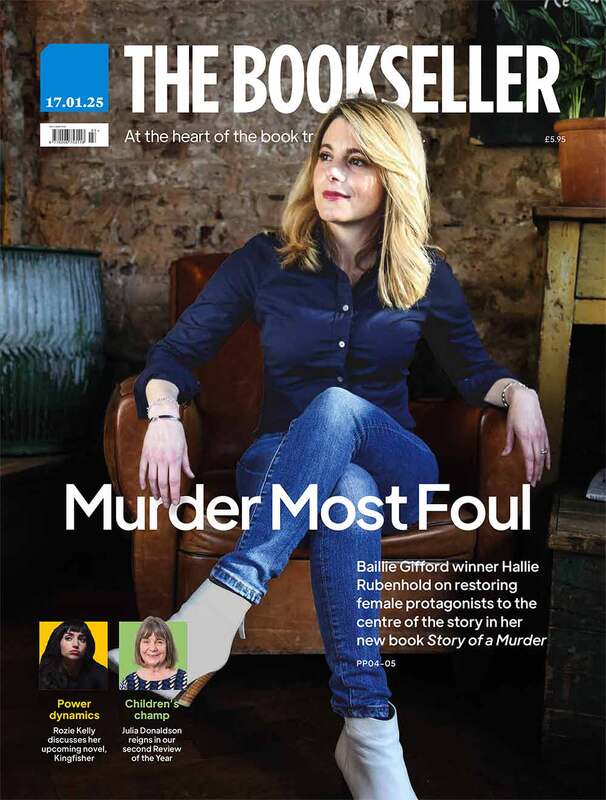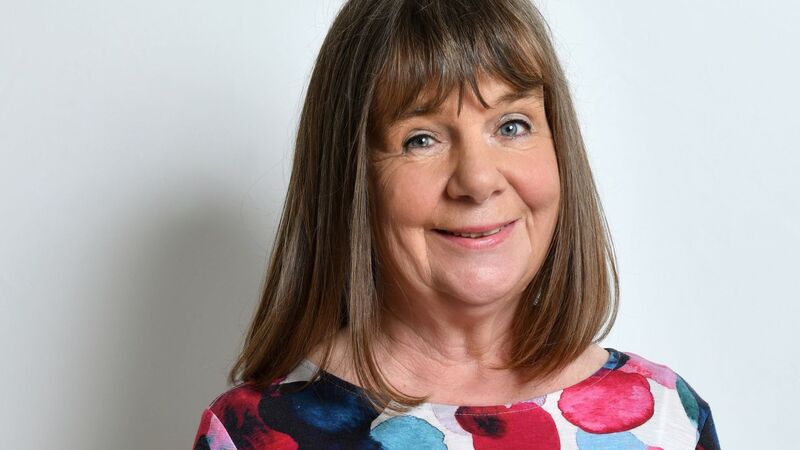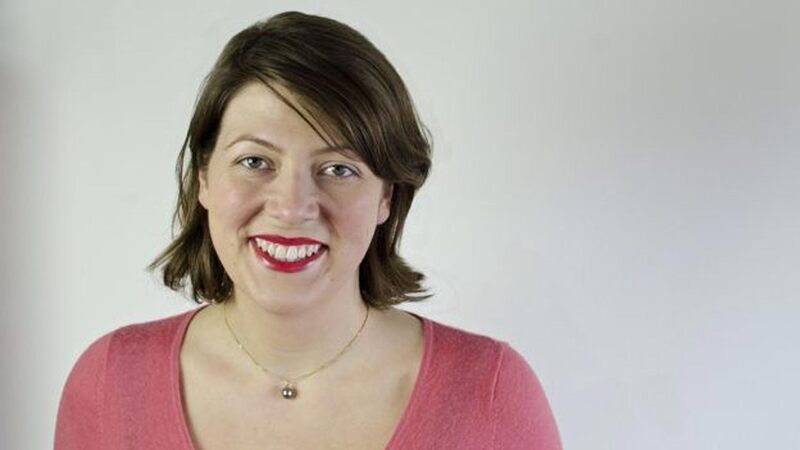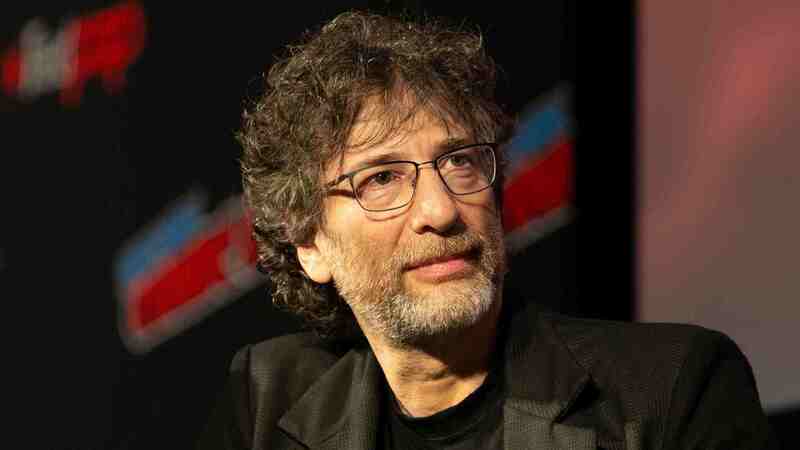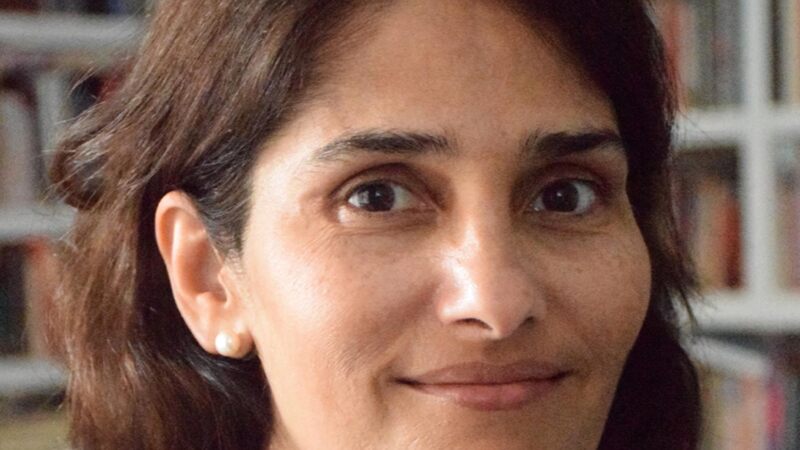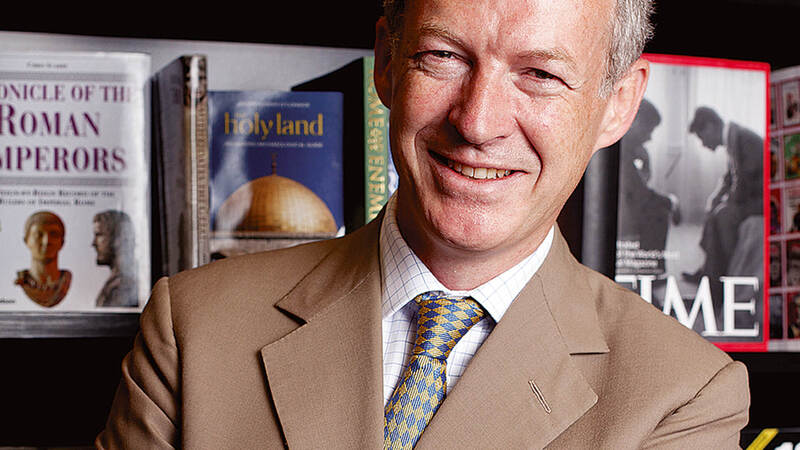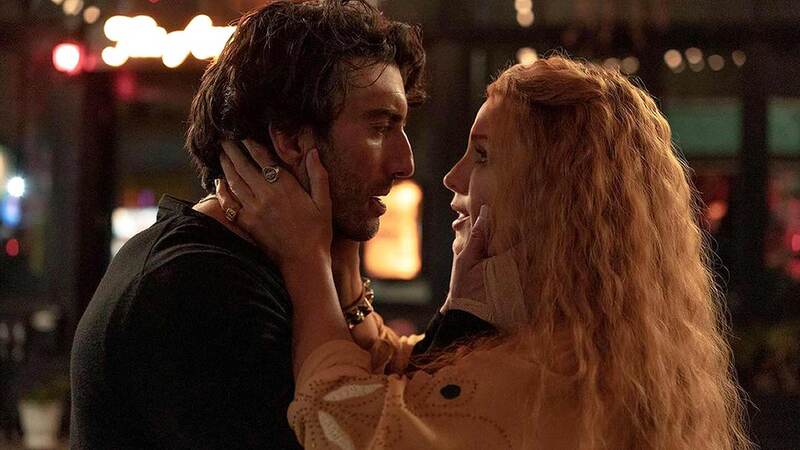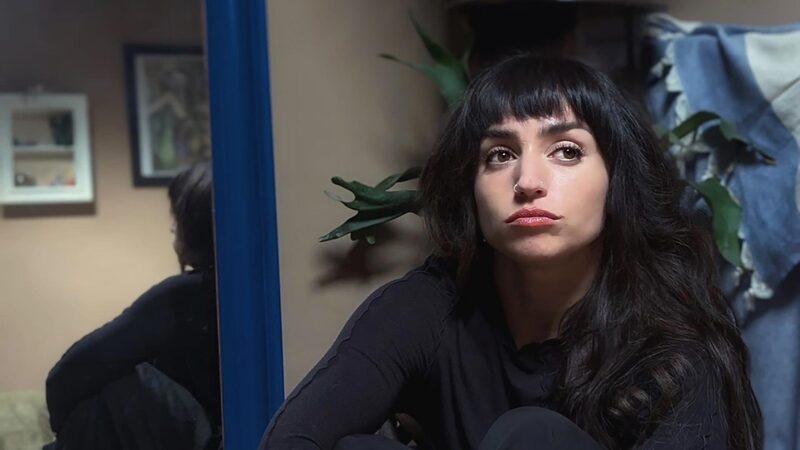You are viewing your 1 free article this month. Login to read more articles.
The big old mess of categorisation
Categories provide an essential map for a bookshop – but they’re tricky to get right.
“Do you have a section for books that women like?”
Surprisingly, that question didn’t come from a middle-aged man in search of a present for a birthday he’d only just remembered. It was from a woman who’d arrived, rather flustered, in search of a present for her 30-something daughter.
“We’ve got a feminism section” I said. “Or I could pick a few titles from across the shop for you to choose from?”
“She liked Hamnet, so something like that. Or anything with women as the lead characters.”
As the lady stood, gazing rather blankly around the shop, I gathered some books I thought this women may like; Wahala by Nikki May, Shrines of Gaiety by Kate Atkinson, The Dance Tree by Kiran Millwood Hargraves, A Short History of Queer Women by Kirsty Loehr, Monsters by Clare Dederer. In the end the lady picked Every Family Has a Story by Julia Samuel and left, still looking around the store as if confused about what exactly we sold.
Daunting shelves
Bookshops can be daunting. Some people imagine you need to have studied literature at university to enter them. Some worry they’ll be laughed at for asking for Danielle Steel or John Grisham. And some, myself included, walk into a really big store and wonder where on earth to start. With miles of books, which stack do you step towards first?
That’s where categories come in. They’re signposts, sending you in the direction of something you’re interested in, helping you navigate your way around the thousands of worlds waiting to be discovered. They begin generally and become more specific the closer you look – under History you may find Military History, World History and British History. Sometimes, as with our nearest neighbour Gloucester Road Books, they can take a more thematic approach, mixing fiction and non-fiction in groupings such as Time & Place or People & Culture. There are a handful of conventions but only one hard and fast rule: categories are to help the customer, not amuse the staff.
Does Colston Whitehead’s Harlem Shuffle go under Fiction or Crime? Does Boris Johnson’s inevitable auto-biography go under Biography, Politics or Fantasy?
The challenge with categories is the more specific you become, the more subjective the placement. As that font of wisdom, Cher from "Clueless", said: “It’s like a painting, see? From far away, it’s okay, but up close it’s a big old mess.” Does Frankenstein go under Horror or Classics? Does Colston Whitehead’s Harlem Shuffle go under Fiction or Crime? Does Boris Johnson’s inevitable autobiography go under Biography, Politics or Fantasy?
The trickiest of all the sections of our shop to categorise is Children, because it’s the area in which the customer needs the most guidance. Will the child be able to read the book? Will they be able to understand it? Will they enjoy it? Is the content suitable? Is the suitability of the content being judged by the child, the parent or the grandparent? Are graphic novels really books? (Yes, yes, they are. And I’ve a supersonic aye-aye waiting for anyone who wants to argue differently.)
Removing stigma
Up until now we’ve split our children’s section into Board Books, Picture Books, Activity Books, Classics, Non-Fiction, 5-8, 9-12 and Graphic Novels. It’s worked fine but we think it can work better. We’re splitting 5-8 into Early Readers and Confident Readers, then splitting 9-12 into Adventure, Fantasy, Mysteries and Funny. Why? To take away any stigma children may feel from reading books below their supposed age range, to give advanced readers (or rather their adults) the confidence to move onto more complicated stories, and to help everyone find their happy place more easily.
Like all of us, children dive deeply down rabbit holes after things they like. If they find clues to their happiness in A Murder Most Unladylike they’ll inhale all 11 in the series then set off on the trail of Fleur Hitchcock and Sharna Jackson. If they fall under the spell of Harry Potter, they’ll devour the seven in that series before casting their wands in the direction of B B Alston and Neil Gaiman.
But like all of us, children get frustrated easily. If they want a mystery story they don’t want to hunt through shelves of fantasy books to find it. We’re going to use our signposts to show them where their treasure lies.
It won’t be perfect. Books, like people, don’t fall into neat categories. Do Maz Evans and Terry Pratchett go under Funny, Adventure or Fantasy? So, just like we put some children’s books in both our children’s and adults sections (show me a better adventure writer for any age than Katharine Rundell) and put some novels in both our Fiction and LGBTQ+ sections (Oranges Are Not The Only Fruit, In Memoriam), we’ll put some of the children’s titles in multiple categories.
We won’t be creating a Books Women Like section though. I’d put the entire shop into that category.


